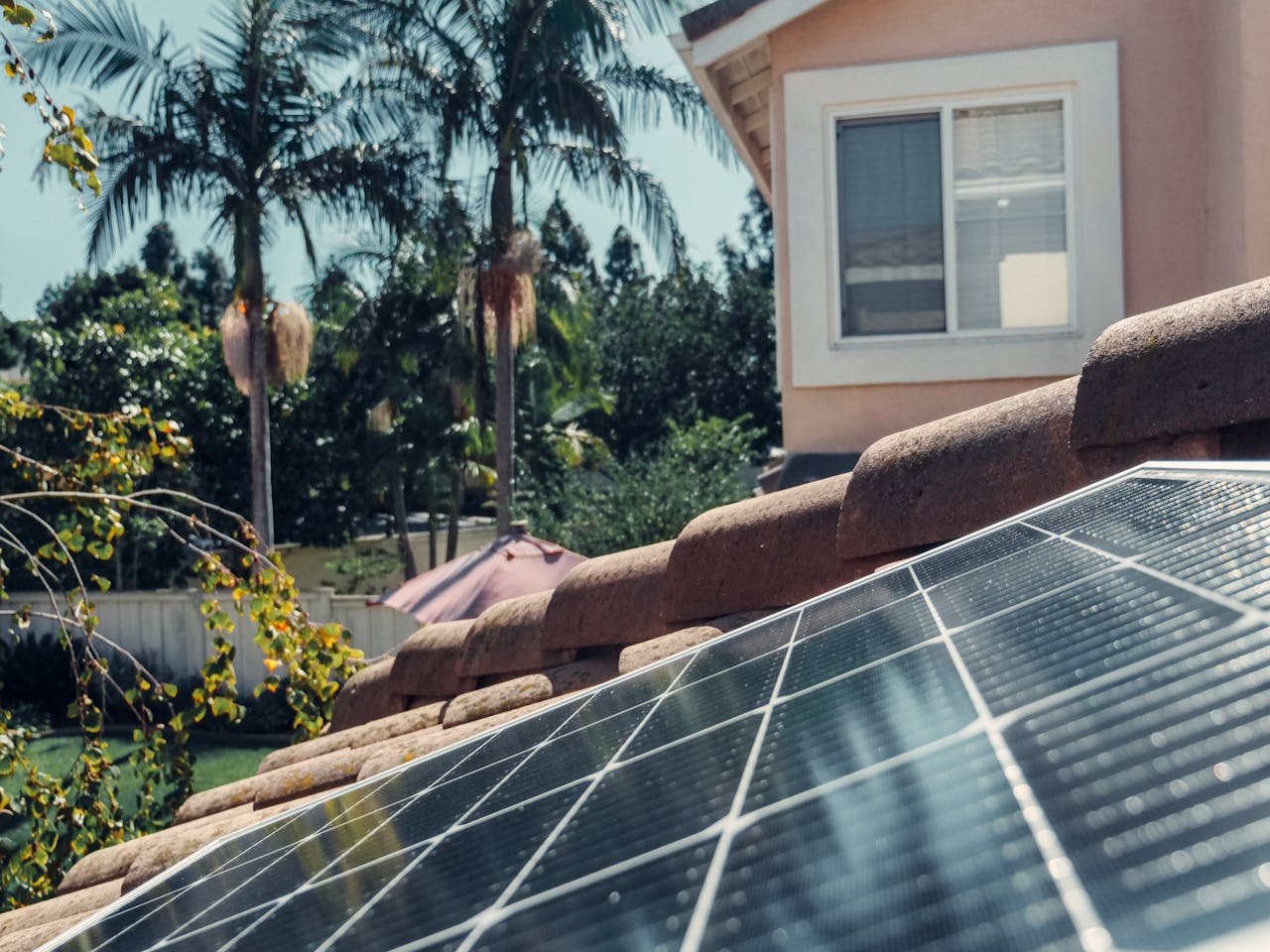Guide to Choosing and Raising Animals on Your Homestead: How Many Do You Need?
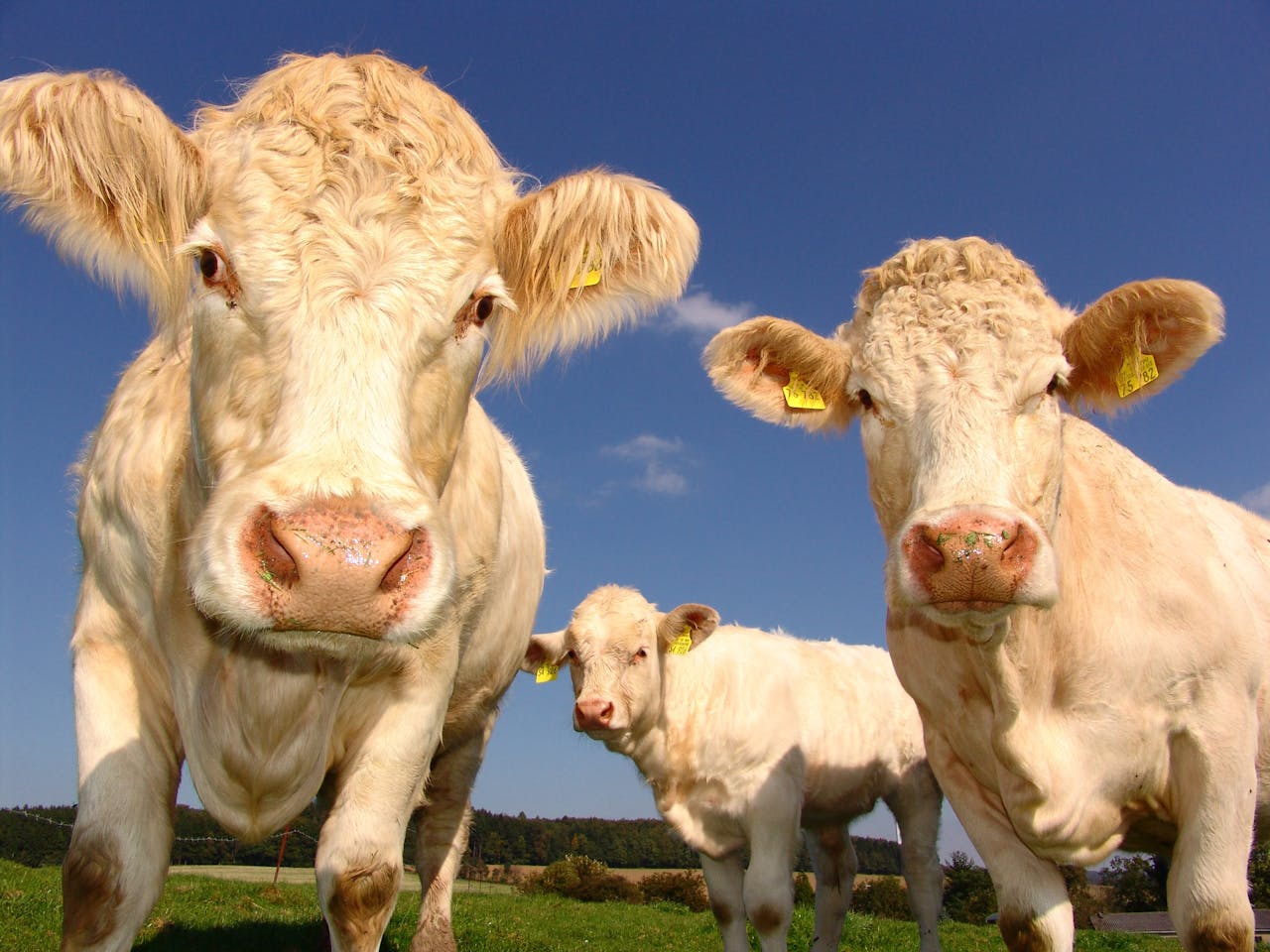
Raising animals on your homestead is one of the most rewarding steps toward self-sufficiency. Whether you’re envisioning fresh eggs, creamy milk, or a freezer full of homegrown meat, livestock can turn those dreams into reality. However, it takes careful planning to ensure you have the right animals—and the right number of them—for your needs. This comprehensive guide will help you evaluate your resources, choose your animals wisely, and plan for a sustainable future.
Preparing for Homestead Livestock
Before you welcome your first chicken or goat, it’s important to lay the groundwork for success. Preparation ensures that you’re not just raising animals—you’re building a thriving, sustainable system that works for your family and your property.
Define Your Goals
Ask yourself why you want to raise livestock. Is your main goal to produce enough food to feed your family, or are you looking to reduce your dependence on store-bought products? Maybe you want to supplement your income by selling eggs, milk, or meat. Your goals will shape every decision, from the type of animals you raise to how many you’ll need.
For instance, if you’re focused on self-sufficiency, dual-purpose breeds (like chickens that provide both eggs and meat) are a smart choice. If income is your goal, you might prioritize high-value products like goat milk or honey.
Research Local Regulations
Before building a chicken coop or fencing in a pasture, check your local regulations. Many towns and cities allow backyard chickens but may limit the number or ban noisy roosters. Rural areas often have fewer restrictions but may still require permits for larger animals like cows or pigs.
Understanding local rules upfront saves time and frustration later. If you’re unsure where to start, visit your local agricultural extension office or ask experienced homesteaders in your area.
Consider Your Climate
Your region’s climate will play a significant role in determining which animals will thrive. Chickens and goats, for example, adapt well to most environments, but rabbits might struggle in extreme heat without proper cooling systems. Similarly, cattle need access to shade and water in hot areas, while sheep can tolerate colder climates as long as they have windproof shelter.
Matching your livestock to your climate reduces stress on the animals and lowers your workload. If your area has harsh winters, plan for adequate housing and feed storage to keep your animals comfortable and healthy.
Assessing Your Homestead’s Capacity
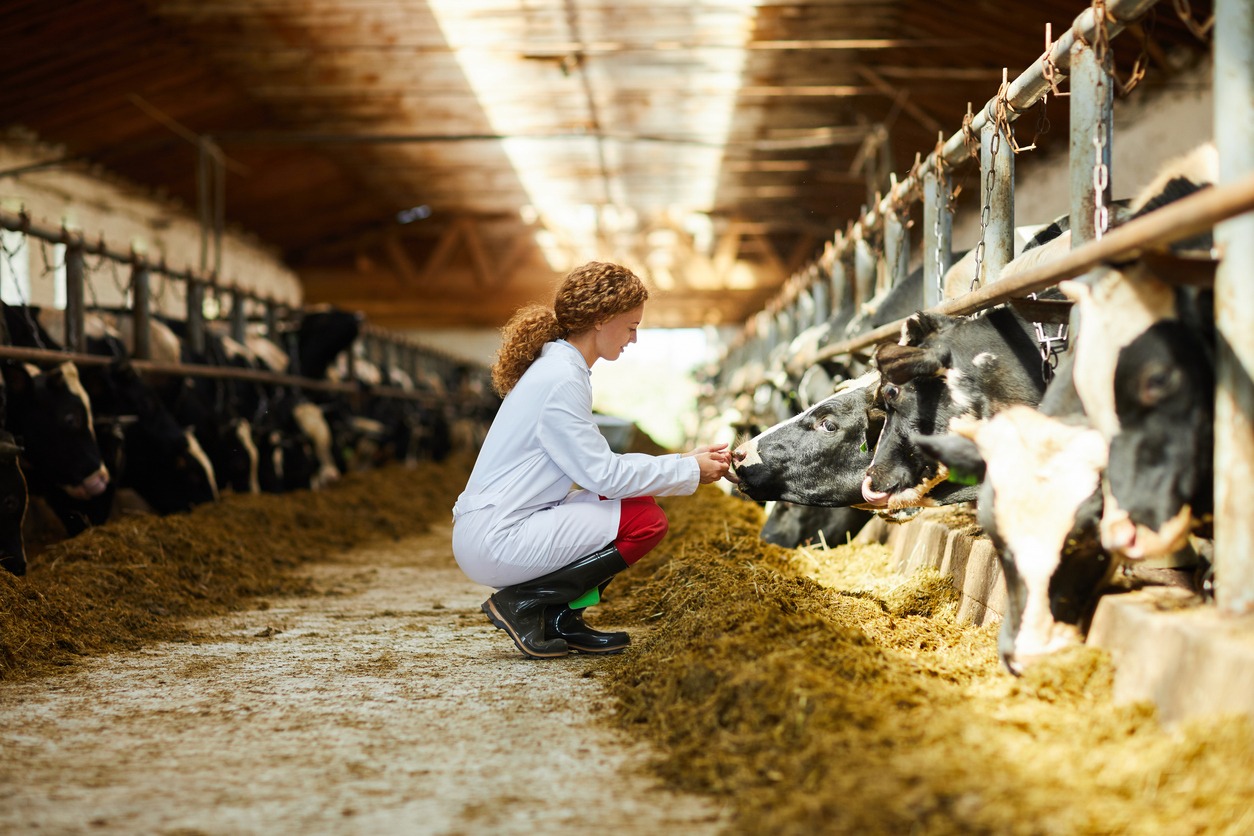
Homesteading isn’t just about what you want—it’s also about what your land and resources can support. Taking stock of your property and time will help you make realistic decisions.
Land and Space Availability
Every animal has unique space needs. Chickens, for example, require 2-4 square feet per bird inside a coop and 8-10 square feet per bird in an outdoor run. Goats need at least 250 square feet each and strong fencing to keep them contained. Cattle require even more room, with grazing land of at least 1-2 acres per cow.
If your land is limited, focus on smaller animals like chickens or rabbits. Creative solutions, such as vertical gardening near your animal enclosures or portable chicken tractors, can also maximize your space.
Time Commitment
Raising livestock is a daily responsibility. Even low-maintenance animals like chickens need feeding, watering, and health checks. Larger animals, such as cows or goats, require even more time for milking, grooming, and pasture rotation.
Before committing, assess your daily and seasonal availability. A full-time job or frequent travel might limit your ability to care for animals, but involving your family can distribute the workload.
Resource Inventory
Do you have consistent access to essentials like water, feed, and shelter materials? Reliable resources are critical to keeping your animals healthy. For example, during droughts, you might need to provide supplemental water or purchase hay if grazing land becomes scarce. Planning ahead for these scenarios ensures your homestead runs smoothly.
Choosing Livestock for Your Homestead
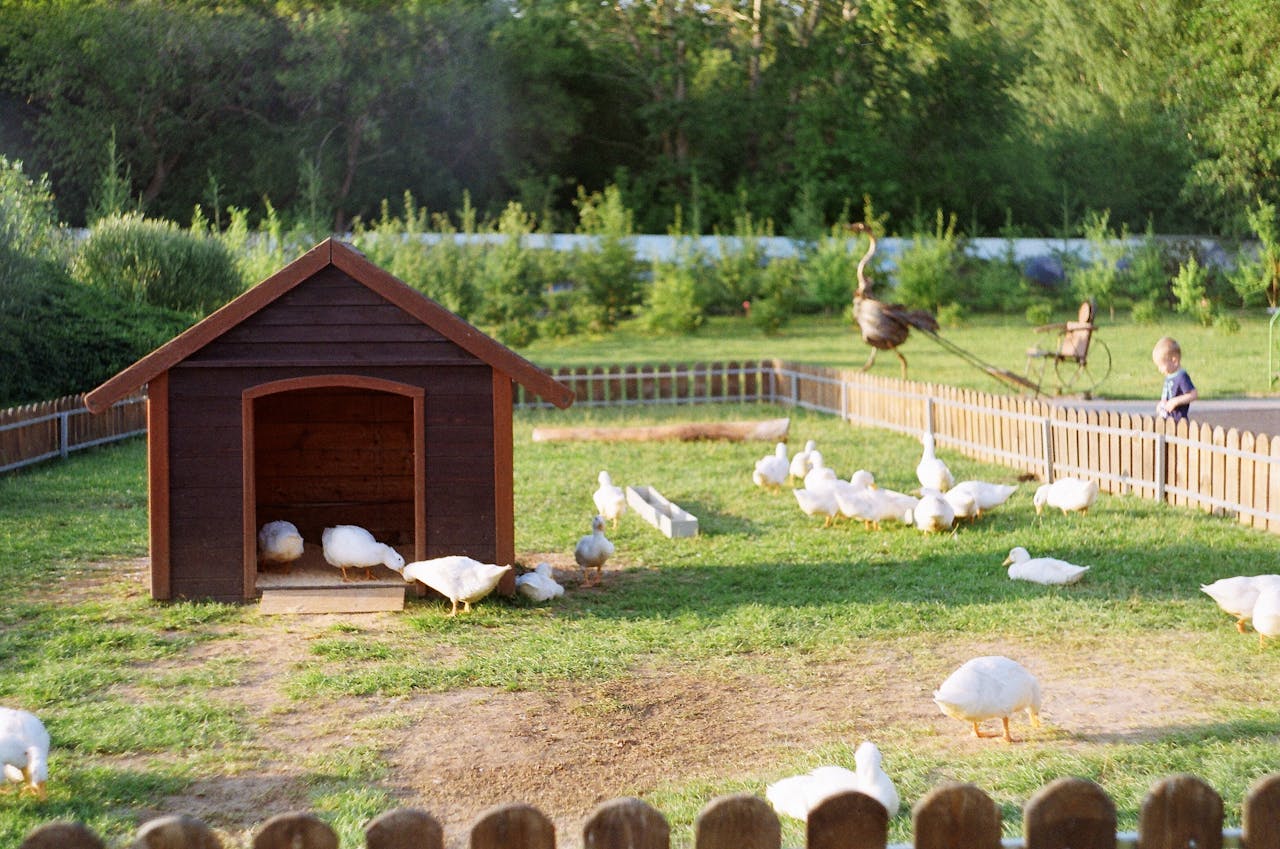
With your goals and resources in mind, it’s time to choose your animals. The key is to start small, learn as you go, and expand as you gain experience.
Beginner-Friendly Animals
If you’re new to homesteading, chickens are an excellent starting point. They’re hardy, easy to care for, and provide fresh eggs and meat. Ducks are another great option, especially in wet climates where they can double as pest control.
Rabbits are ideal for small spaces. They produce lean meat and provide nutrient-rich manure for your garden. These animals require minimal investment, making them perfect for beginners.
Scaling Up with Larger Livestock
Once you’re comfortable with smaller animals, consider adding goats or sheep. Goats are versatile, providing milk, meat, and even weed control. Sheep, on the other hand, can supply meat and wool, making them a dual-purpose addition to your homestead.
Cattle are a logical next step for more advanced homesteaders. While they require significant space and resources, the payoff in beef or dairy production is substantial.
Diversify for Sustainability
Each type of animal contributes uniquely to your homestead. Chickens scratch through compost piles, goats clear brush, and bees pollinate your garden. By diversifying your livestock, you create a balanced ecosystem where each animal plays a role.
Matching Animals to Your Needs
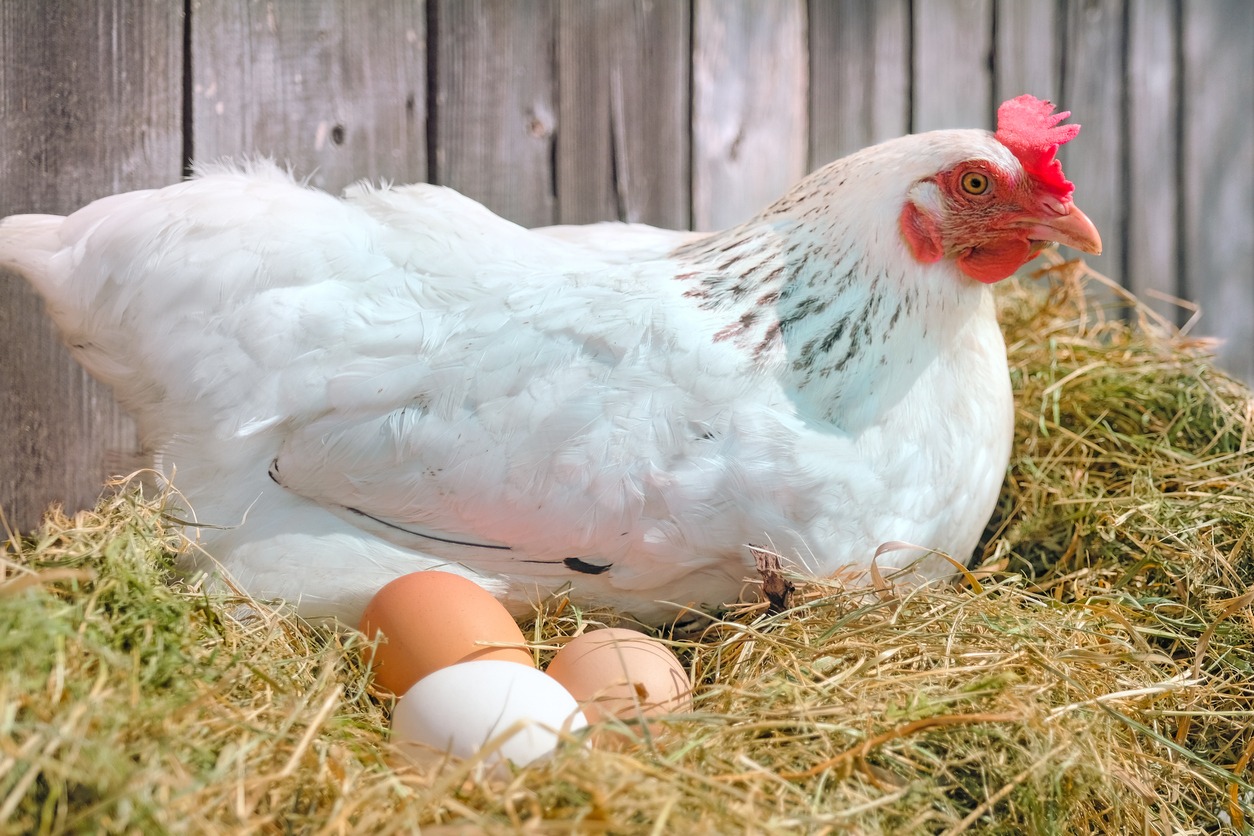
The number of animals you need depends on your family’s dietary habits and preferences. Start by estimating your household’s annual consumption of meat, eggs, and dairy.
Meat, Eggs, and Dairy
A family of four might require:
- 12-20 chickens for eggs and meat.
- 2-4 goats for milk and occasional meat.
- 1-2 cattle for beef and dairy.
If you’re raising animals for dairy, consider how much milk you’ll realistically use. A single dairy goat produces up to a gallon per day, which can quickly become overwhelming without a plan for preserving or selling the surplus.
Non-Food Benefits
Don’t overlook the non-edible contributions of your livestock. Chickens produce high-quality manure for compost, while sheep can supply wool for clothing or crafts. Bees not only produce honey but also support your garden by pollinating crops.
Dual-Purpose Breeds
Dual-purpose breeds save space and resources by providing multiple products. For example, Rhode Island Reds are excellent for both eggs and meat, while Nubian goats provide milk and are a good meat source.
Calculating Meat and Product Requirements
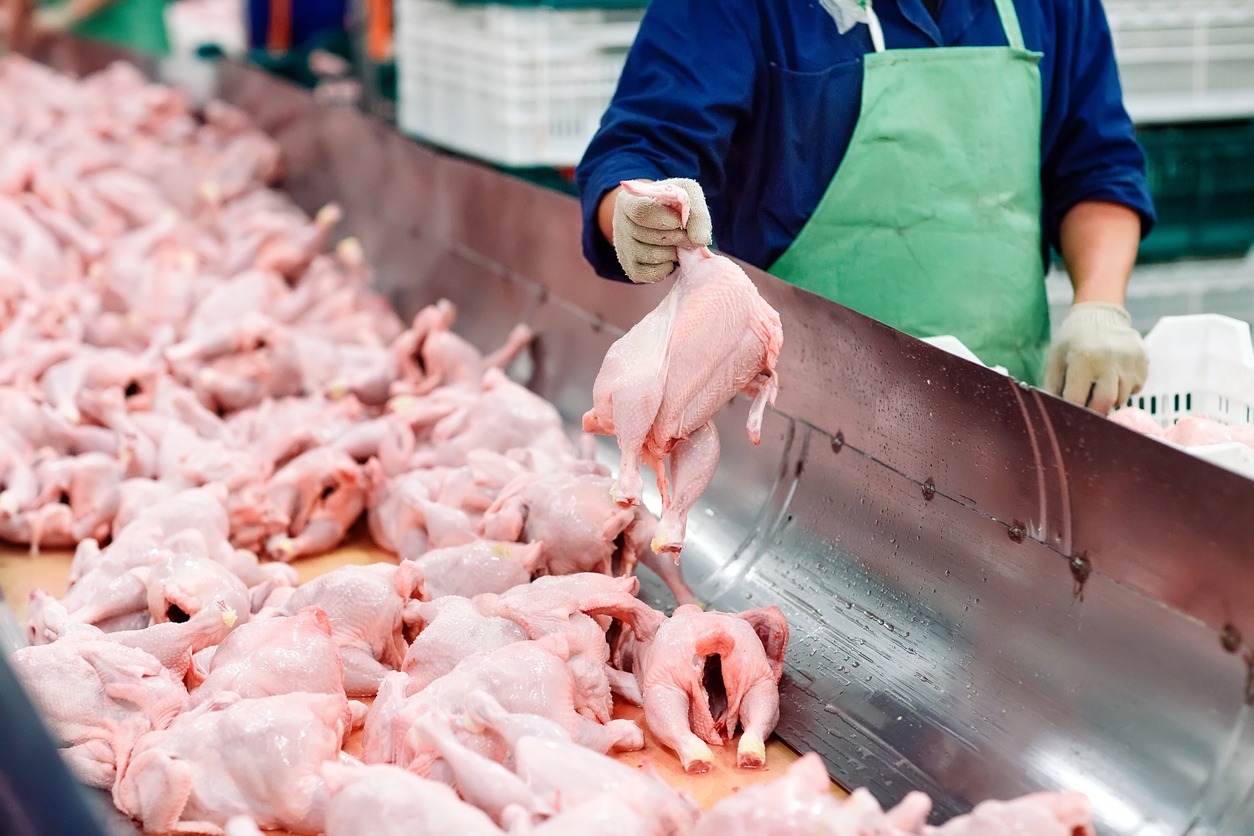
Planning for a year’s worth of food involves more than just counting animals—you also need to consider production yields and processing losses.
Estimating Meat Needs
A family of four consuming 1/4 to 1/2 pounds of meat per person per day would need 7-14 pounds of meat weekly, or 364-728 pounds annually. This translates to:
- Chickens: Yield about 4-5 pounds of meat each.
- Goats: Provide 25-40 pounds of meat.
- Cattle: Offer 400-600 pounds of meat after processing.
Understanding Processing Losses
Live weight doesn’t equal edible meat. For instance, a 1,000-pound steer yields about 600 pounds of hanging weight, which becomes 400 pounds of cut meat. Factoring these losses ensures you raise the right number of animals.
Sustainable Practices for Long-Term Success
Sustainability is key to successful homesteading. By adopting eco-friendly practices, you can reduce waste, lower costs, and improve your land’s productivity.
Rotational Grazing
Moving animals between pastures prevents overgrazing, promotes grass regrowth, and improves soil health. This method is especially effective for cattle, sheep, and goats.
Manure Composting
Animal waste is a valuable resource. Composting manure enriches your soil, creating a closed-loop system where nothing goes to waste.
Water Conservation
Livestock require large amounts of water, especially in hot climates. Collecting rainwater and installing automatic waterers can reduce your reliance on external sources.
Conclusion
A well-thought-out strategy ensures your homestead grows sustainably. Start small by focusing on a few manageable animals. Once you’re comfortable, expand gradually and diversify your livestock to create a balanced system.
With careful planning, you can create a system that not only feeds your family but also supports a sustainable and fulfilling lifestyle. Start with small steps, adapt as you go, and enjoy the satisfaction of building a homestead that works for you.

